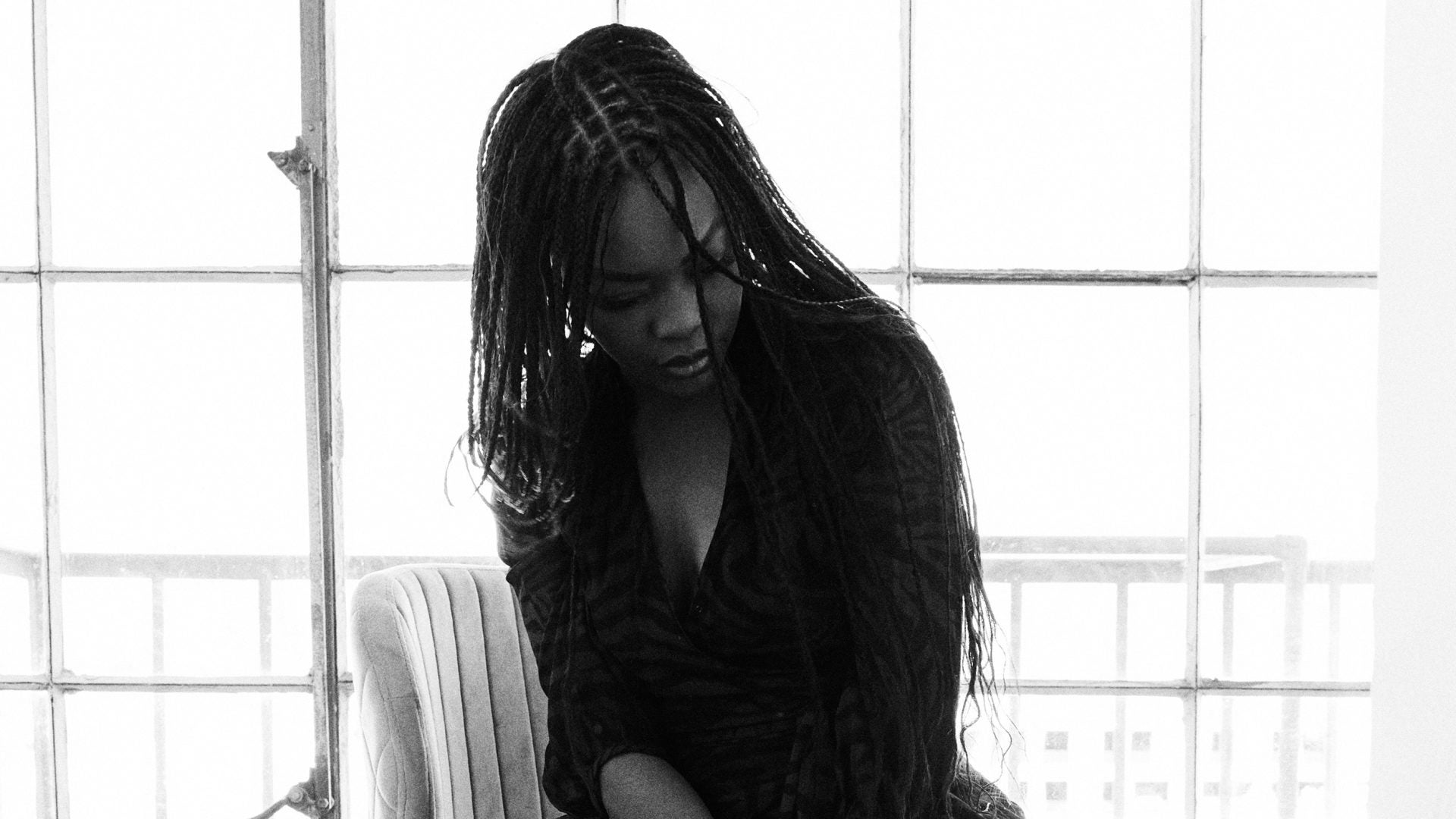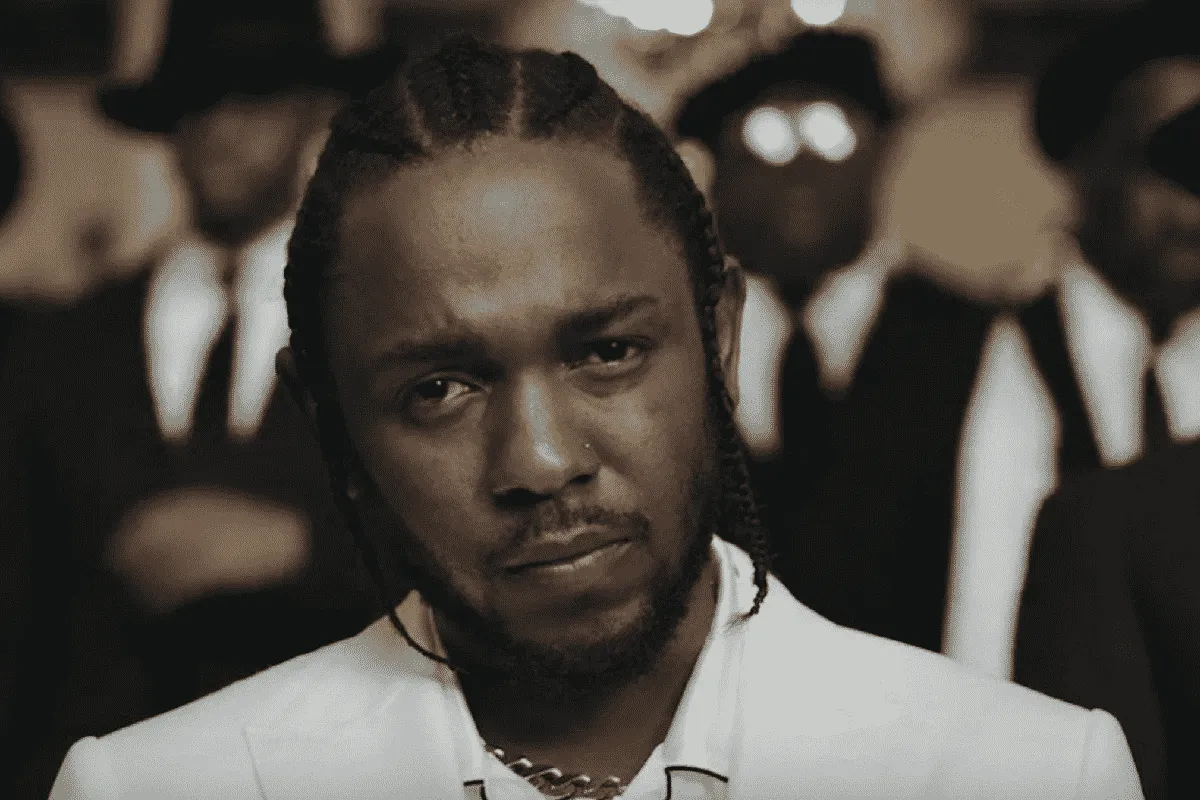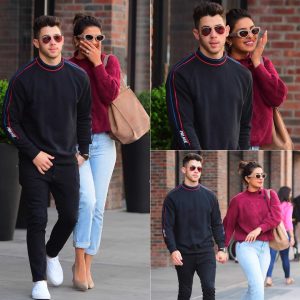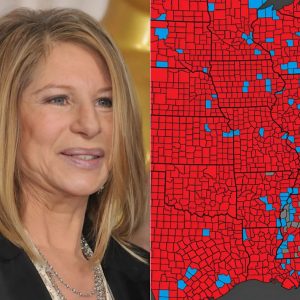The “They Not Like Us” choreographer explains how texturism in ballet impacted her hair—and how she helps her dancer overcome discrimination.

Hair discrimination shows up in more spaces than we may think. This includes everything from Venus Williams’s beads deemed a “disturbance” in 1999, to swim caps for Black hair banned by the Olympics (then overturned), and unsolicited debates about gymnast Simone Biles’s flyaways. These injustices have been an unfair obstacle for Black women in sports since we gained the opportunity to compete. But it doesn’t end there.
Ballet, which has a history of being predominantly exclusively white, has one of the most overt examples of texturism in dance. “You just have to have your hair slicked back no matter what you do,” choreographer and creative director Charm La’Donna tells ESSENCE. “[My hair] wouldn’t necessarily be slick how everyone else would stay slick.”
Known for her work with artists like Rosalía, Dua Lipa, and the latest, Kendrick Lamar’s “They Not Like Us” music video, La’Donna’s road to success has not been as straight as her hair was expected to be.
Put into dance class at three years old, she began considering a career in the sport by age 10. However, it wasn’t until high school––when she started to practice more intense ballet––did she notice the impact of texturism.
“I wore braids a lot and in ballet class it was a little bit more difficult for me to do my bun,” she says, which is a strict beauty standard in the dance form. “I never really got my hair pressed because it would always sweat out.”
Because of this, she’s still unpacking how the discrimination has impacted her over the years. “If I were to be completely honest, now that we’re talking about it, I actually haven’t thought about it until now,” she says.
Between hair anxiety about sweating out her silk press and difficulties with putting her braids into a bun, “I thought I always had to have weaves in my head to keep my hair straight.”






